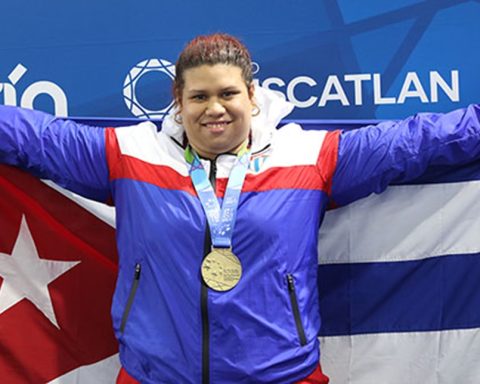Housing financing continues to decline. According to the most recent quarterly FIVI report from the National Administrative Department of Statistics (Dane), disbursements fell 37.7% in the period July to September 2022, going from 59,394 in 2021 to 36,976.
(How to access a housing loan from a compensation fund?).
And it is precisely that the figures show that since the third quarter of the previous year, these were decreasing. Neverthelessno data of less than 40,000 disbursements were recorded since the same period in 2020, the year of the pandemic.
Also, it is worth noting that this result represented a greater setback compared to that seen in the indicators in the period from April to June in 2022, when the annual decrease in the number of loans was 15.2%.
In a disaggregated manner, the biggest blow was taken by housing loans, which fell 38.3%, representing 31,137 housing units, this after a record figure in the same period of 2021 with 50,468 units.
In the case of housing leasing, a product that allows obtaining a home through a lease with the financial institution and that grants the certificate of ownership to the holder up to full payment of the property, evidences a minor drop.
(Buying or renting an apartment: what to consider).
According to the report, the housing units to which these purchase options were granted were 5,839, about 3,000 less than in the same period of 2021, which means a decrease of 34.6%.
In pesos, this step back represented the delivery of one trillion less or a 28% drop in the same period of 2021 for the purchase of new or used housing.
In concrete numbers, in the third quarter of the year, financing entities granted $2.7 trillion for investment in real estate to live in (the lowest accumulated amount in three years). In the same period of the previous year, more than $3.78 billion were granted.
When reviewing the figures, it is evident that this downward curve began to be triggered from the beginning of the year, after the historical growth in 2021 of the indicator as in the case of the second quarter where it rose to more than 137%.
As of the first three months of 2022, the drop reached 11.7%, in the following months it reached 13.8% and now the figure exceeds a decrease close to 30%.
Effects of the rise in interest rates
For the associate professor of the Universidad del Rosario, Alejandro Useche, the rise in the issuer’s rates has undoubtedly influenced the decision to request a loan of any category.
“This drop that is occurring in the demand for credit responds to a situation in which Colombia has higher interest rates in the last 22 years, so that people are being very prudent to acquire new credits because it is clear, that is too expensive, especially in housing, which are long-term loans”said the expert.
(Cambia Mi Casa starts with an investment of $42,806 million).
The professor also explained that this determination by Colombians is to avoid “be tied to a fixed rate for a very long term”. However, UVRs always remain an option for those who decide to buy a home with a variable rate.
On the other hand, not only interest rates slow down the purchase of housing, inflation that raises prices has affected the purchasing power of future buyers, not only for the purchase of housing, but household appliances, cars or education.
As a result of all this context, for the professor of the Universidad del Rosario, it is necessary to analyze the real estate sector in the long term, which in the pandemic did not present major effects, “Housing grows or contracts according to cycles. Just as there was already an expansion cycle, now we are in a later phase”, said.
New or used housing?
According to Dane’s Housing Financing (FIVI) report, although the figures are close to those who decide to buy new housing and used housing, this quarter once again highlighted the preference of acquiring new housing as the first option.
In the last registered quarter (July – September) of 2022, $1.46 trillion was disbursed for the purchase of new housing and $1.24 for used. In 2021, the figures were $1.99 trillion for the purchase of a new residential property and $1.79 for a second-hand one. This dynamic represents a fall of 26.9% and 30.6% respectively.
This situation occurred after the friction between the figures for the second quarter of the year, which represents an equal dynamic in the purchasing trend.
Now, although Colombians have chosen to put their foot on the accelerator to the decision to buy a home, the trend continues for the acquisition of a new one.
According to data from Camacol, through the financial relief granted by the government, it has resulted in 7 out of 10 homes sold in the country in this category being of social interest.
PAULA GALEANO BALAGUERA
















